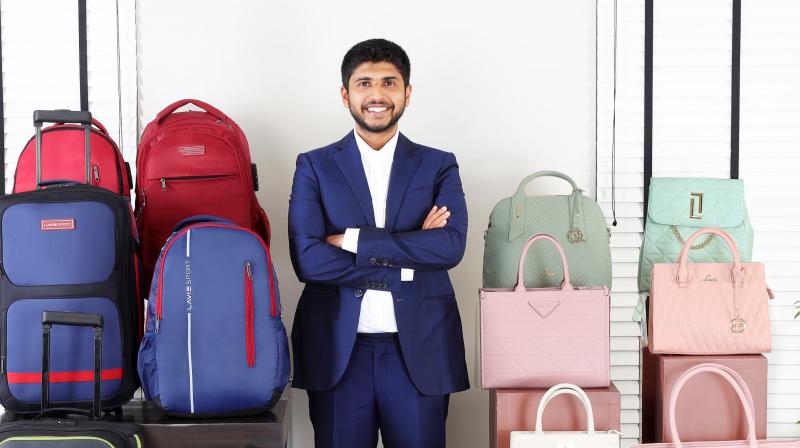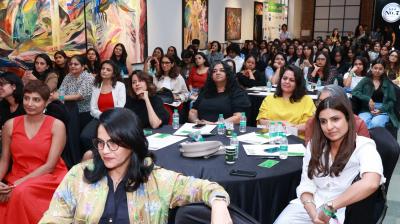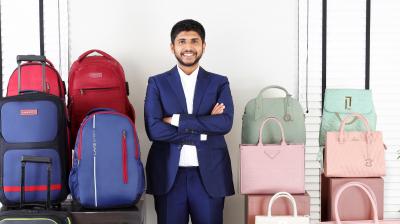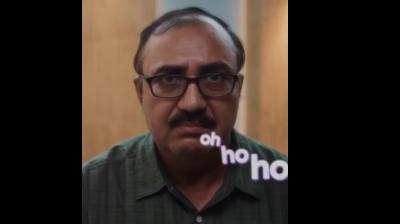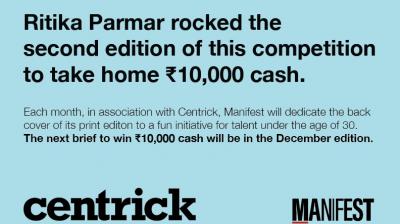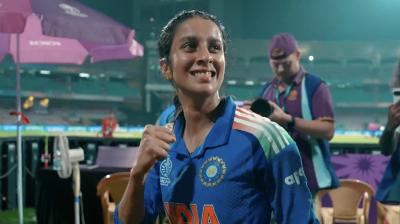Lavie Luxe has announced the launch of its ‘The Occasion Edit’ collection to meet the demands of the peak festive and wedding season.
The new range aims to bring shimmer, structure, and a touch of Parisian charm to evening dressing. With seven silhouettes, three timeless colourways and a clear focus on glamour-meets-function, the collection signals a confident move toward elevated design and expressive styling.

For this launch, the brand has also rolled out a campaign.
The campaign, conceptualised in-house, features actor Alaya F, media personality and actor, Uorfi Javed, actor and model, Manushi Chillar, actor and former VJ, Rhea Chakraborty, and actor and model, Karishma Tanna. Joining them are digital creators Masoom Minawala, Unnati Malharkar, Kritika Khurana, Isha Borah and Nagma Mirajkar. Together, through editorial photos and digital push, they intend to bring the collection’s refined and cosmopolitan spirit to life.
Manifest spoke with Ayush Tainwala, CEO, Bagzone Lifestyles, to gain insight into how Lavie Luxe is expanding its premium narrative, navigating a competitive season, and shaping product design for the modern Indian consumer.
What does premiumisation mean today?
Premiumising is fundamentally about quality. Quality is not only about longevity. Quality is also about the entire experience, the design, the after-use experience, and the buying experience. Premiumisation, at its core, is about giving consumers an experience that feels distinct from what they’ve had before, something they can truly feel for themselves and recognise as a step above their past expectations.
How does one balance aspiration and accessibility?
We have introduced multiple sub-brands, Lavie, Lavie Signature, and Lavie Luxe, to cater to different audience groups that are looking for different types of products. And today, we believe that the Indian consumers have also started to understand that if something is a little bit more expensive, but it is much, much superior in terms of its design, in terms of its longevity, then it is worth making that upfront investment.
How are you looking to cut through the festive and wedding noise and shape The Occasion Edit’s strategy?
We have just launched The Occasion Edit, a new collection built around never-before-used fabrics and a clear shift in Lavie’s design direction. With the festive stretch leading into New Year’s and the full wedding season ahead, this was the right moment to introduce consumers to where the brand is headed and the kind of products we’re bringing to the market. The campaign is entirely conceptualised by our in-house teams and aims to educate audiences on this new direction. While the plan is primarily digital, it’s supported by print and outdoor to round out the reach.
The thought behind pairing actors and creators for The Occasion Edit?
For this campaign, our approach to choosing celebrities was simple: we wanted to show how the product can be styled in many different ways, depending on someone’s personal taste. Everyone has their own look, but a handbag is one of those pieces that can move across outfits and occasions with ease. So we chose people from different walks of life younger, older, fashion-forward, more understated, to reflect that range. The idea was to show how our bags can add a touch of sparkle and personality to any outfit and any style.
Could you explain the pricing and the value equation?
We focus closely on the value the product actually delivers. It’s less about the price tag and more about the outcome for the consumer. When we set pricing, we’re trying to match it to the real value we believe the product brings to their lives.
What are the challenges in scaling in India?
We don’t target the entire mass market, but beyond that, we cover most key segments. The South and West continue to be particularly strong regions for us.
How do you measure ROI beyond vanity metrics?
We track all the usual metrics, but we don’t stop there. For us, it’s no longer just about awareness. It’s about whether the message is landing with precision. I don’t want people to look at our communication and think it’s just another product push. I want them to grasp the idea behind the campaign, that this is a unique product designed to elevate their outfits for the season ahead.
What’s the progress toward the INR 800-crore goal, which was projected in 2023?
We are reaching closer and closer towards that goal, and we've been opening a lot of new stores and growing our online presence. So I think there has been expansion across the board over the past few years.
What about the categories beyond handbags?
I think our footwear business with Myntra is doing well. Our new perfume launches have also done extremely well. We believe this growth is fundamentally about distinctive products that are delivering a quality that is unmatched in terms of design as well as craftsmanship, which ultimately helps us to win in the long term.
What gives homegrown luxury an edge?
Consumers are becoming increasingly more confident. They know what they want from both the design, utility, quality, and pricing perspectives, and trying to meet those aspirations is what luxury brands should look into. India is not a market where one can cut and copy something International and get it to an Indian market. Just because something works overseas doesn’t mean it’ll land the same way in India.

